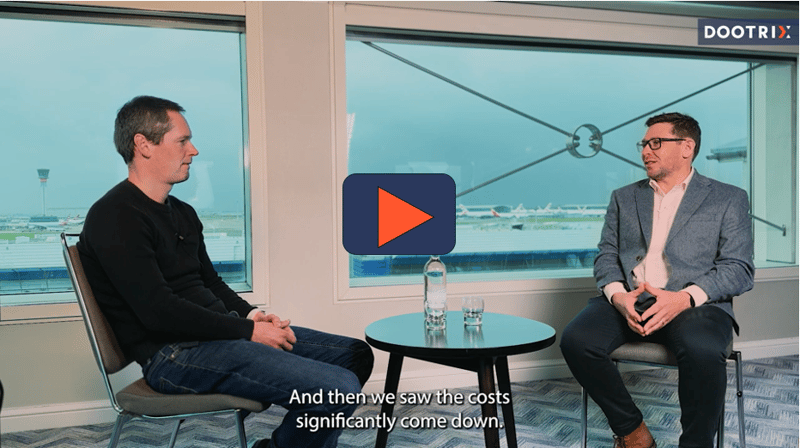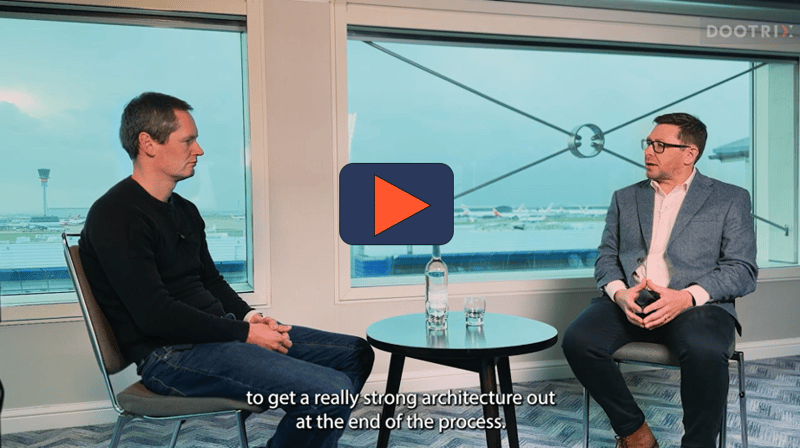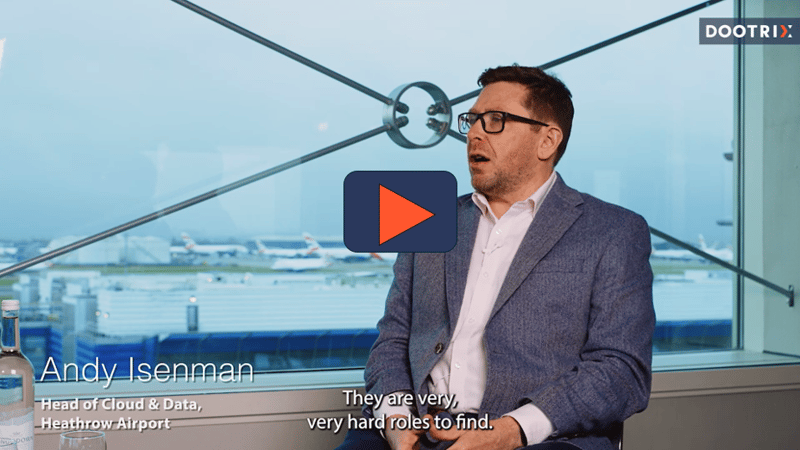Architectural owners – an essential role in cloud governance
Rob Borley
3 min read • 23 April 2024
The role of the architectural owner or A.O. is coming into its own, providing governance and support to teams working on solutions across enterprise IT estates. Dootrix’s Head of DevOps, Mark Vallins, thinks we’re already starting to see the A.O. become an essential role within any organisation with a diverse and evolving digital footprint. He explains how appointing one could help navigate an increasingly complicated environment in the cloud.
The challenge of increasingly complex IT estates
You lead the IT team in a large organisation. Compared to two – let alone ten – years ago, your operations are, shall we say, complex. You’re moving most of your assets to the cloud and you’re set to embrace AI. This complexity is poised to grow further.
Consequently you have multiple teams, possibly a mix of colleagues and contractors, working on a wide range of challenges; some infrastructure, some apps. The big question is this: how do you make sure that everything those teams do is aligned to common standards for architecture, security, identity, data, scalability, resilience, process and more to ensure interoperability across the estate?
Architectural Owner – a pivotal role
We’ve found that in these situations, where multiple teams are working largely independently of one another, the role of the Architectural Owner becomes pivotal. Its core responsibility is to ensure good architectural design governance, evolution, compliance, mentoring and support for in-house and contract teams alike.
For us, the definition of the A.O. role evolved over time and reflects our adoption of a Disciplined Agile Delivery (DAD) approach. DAD acknowledges the principle that people and the way that they interact with one another is one of the primary determinants of success for teams working to deliver solutions. For this reason, the A.O. role often goes beyond governance to include acting as a bridge, or essential connector, between suppliers (be they internal or external delivery teams), the technical team and the client. It’s not uncommon for each of these stakeholders to have quite a distinct perspective and set of challenges.
Watch Heathrow's Head of Cloud & Data talking about the cost savings of effective architectural ownership
Organisational gaps
Many product owners have come up through the business side of organisations and, while they have an excellent understanding of the business goals (the ‘why’ of a project), they can benefit from additional support with the technical elements (the ‘how’).
Technical teams often find it useful to have someone who can frame those business goals in more accessible terms and set them in a technical context.
External suppliers may not be familiar with their customer’s work culture and processes. They may have quite a limited view of the systems their solution will need to sit alongside. The customer’s and the supplier’s views of what constitutes need-to-know may diverge quite sharply. External suppliers may also lack the necessary capital to knock on doors and ask questions as much as they would like and need to.
Architectural Owner: key responsibilities and benefits
An A.O. can bridge these gaps. They can also be available to answer questions from the supplier’s technical team and act as a sounding board in matters of design. At Heathrow, I was working with both technical leads and suppliers, reviewing designs and being on hand to offer input as needed and to act as a mentor right from the outset of projects.
Bridging the gap: how architectural owners provide an interface between enterprise goals and developers
Ultimately the A.O. should try to keep the focus on the need to soft-land projects; ensuring excellent communication so that everyone is on the same page and issues are anticipated and dealt with in good time. We want to avoid projects running into hard stops or design authority board rejections when the work is already most of the way down the track.
It’s always a good idea to ensure early that everyone agrees about direction and governance issues and what’s in- and what’s out-of-bounds. A good A.O. will have these goals constantly in their sights.
Finding your ideal Architectural Owner
The question then arises; what sort of person can best step into the A.O. role? Remember, you’re looking for a bridge, a flexible coupling. It’s very useful to be able to see issues from a contractor’s point of view, as well as having the necessarily familiarity with the internal workings of the customer organisation – its people, processes and technology.
Ideal candidates often come through a couple of routes; either they’re part of the customer’s in-house team with broad project experience, or they’re external and have a sufficiently long history with the customer that they know its IT estate, its culture and its key people. Either way, they will need to have a sufficient depth of knowledge and experience that they can keep a commanding overview across the customer’s IT assets and have the expertise to offer meaningful support and advice to all stakeholders.
Who makes the best architectural owners?
It's not an impossible ask. At Dootrix we have both provided colleagues to fill the role for customers and helped customers recruit the right person when they’d have decided to bring the role in-house.
Either way, as organisations increase their investment in the cloud, having that key person in place really does help manage risk and boost the chances of success.
If you need effective governance of your IT estate, get in touch
Rob Borley





